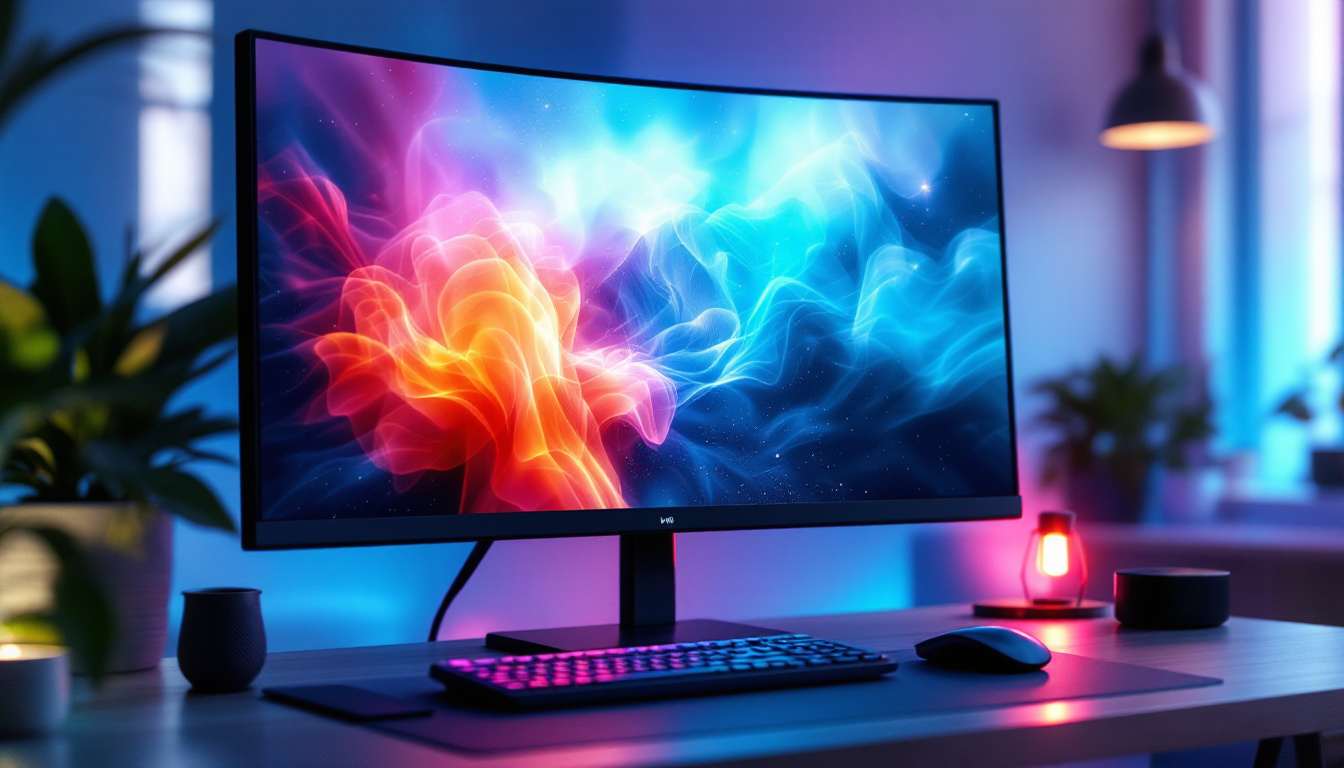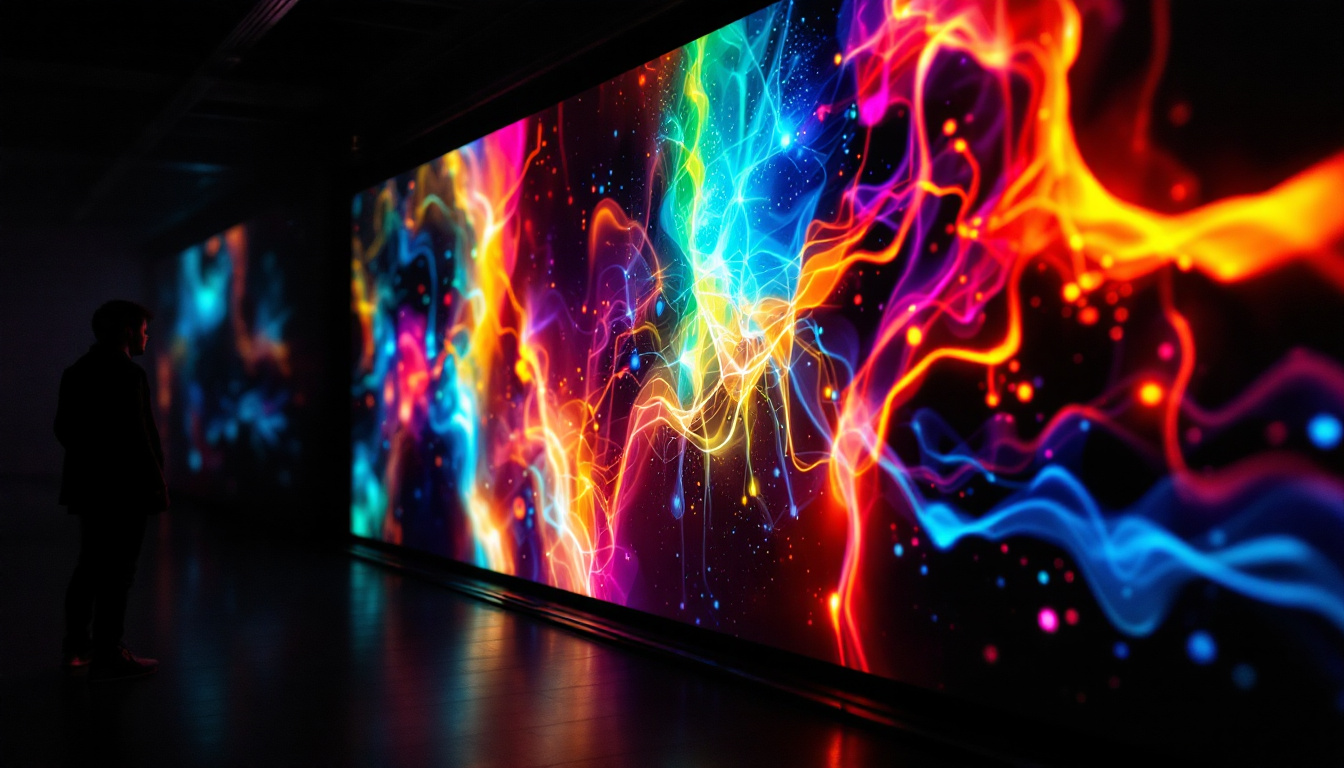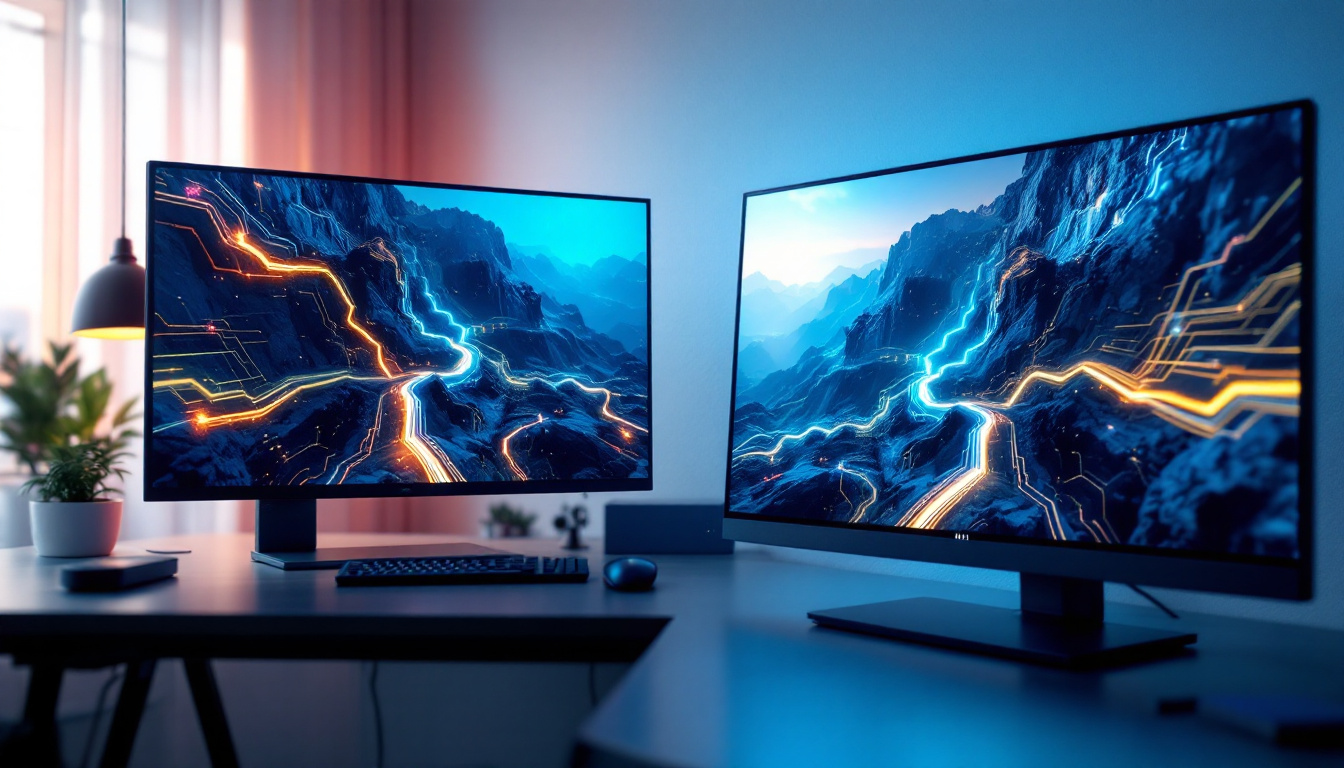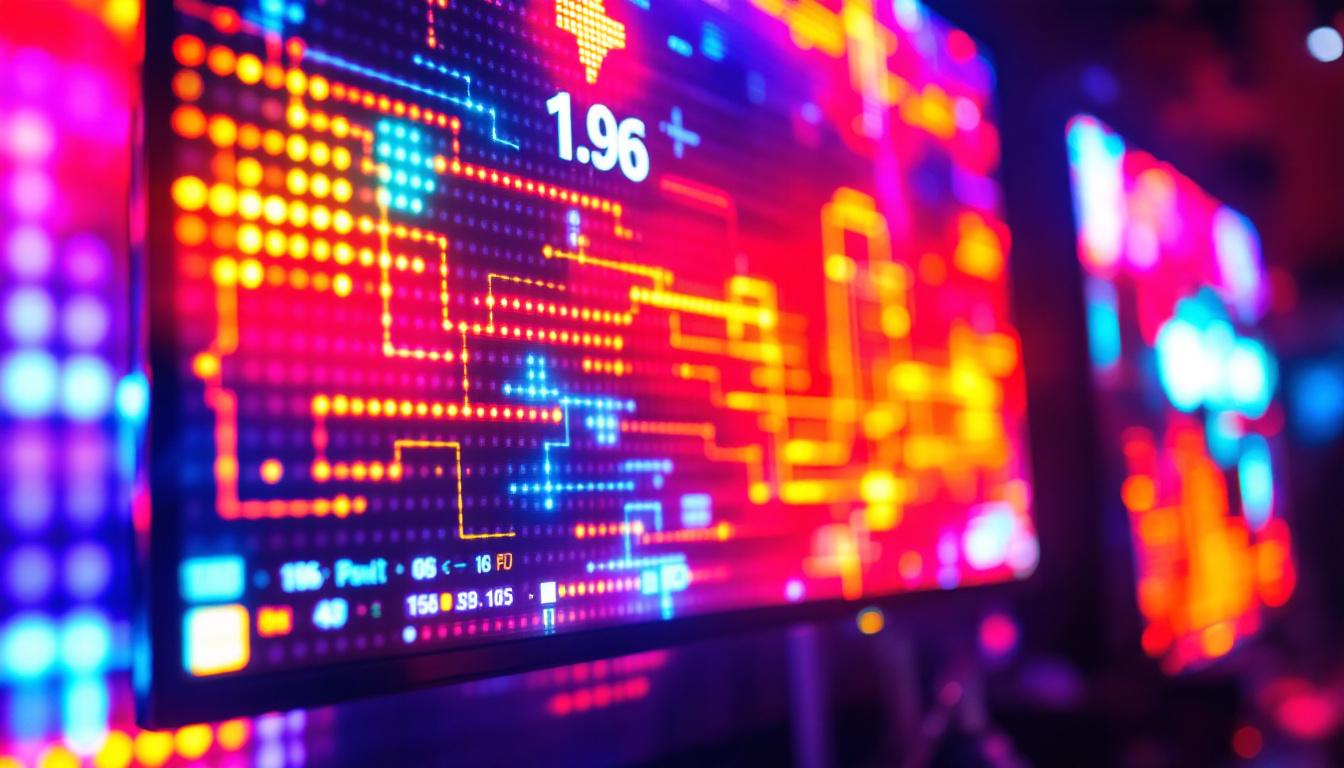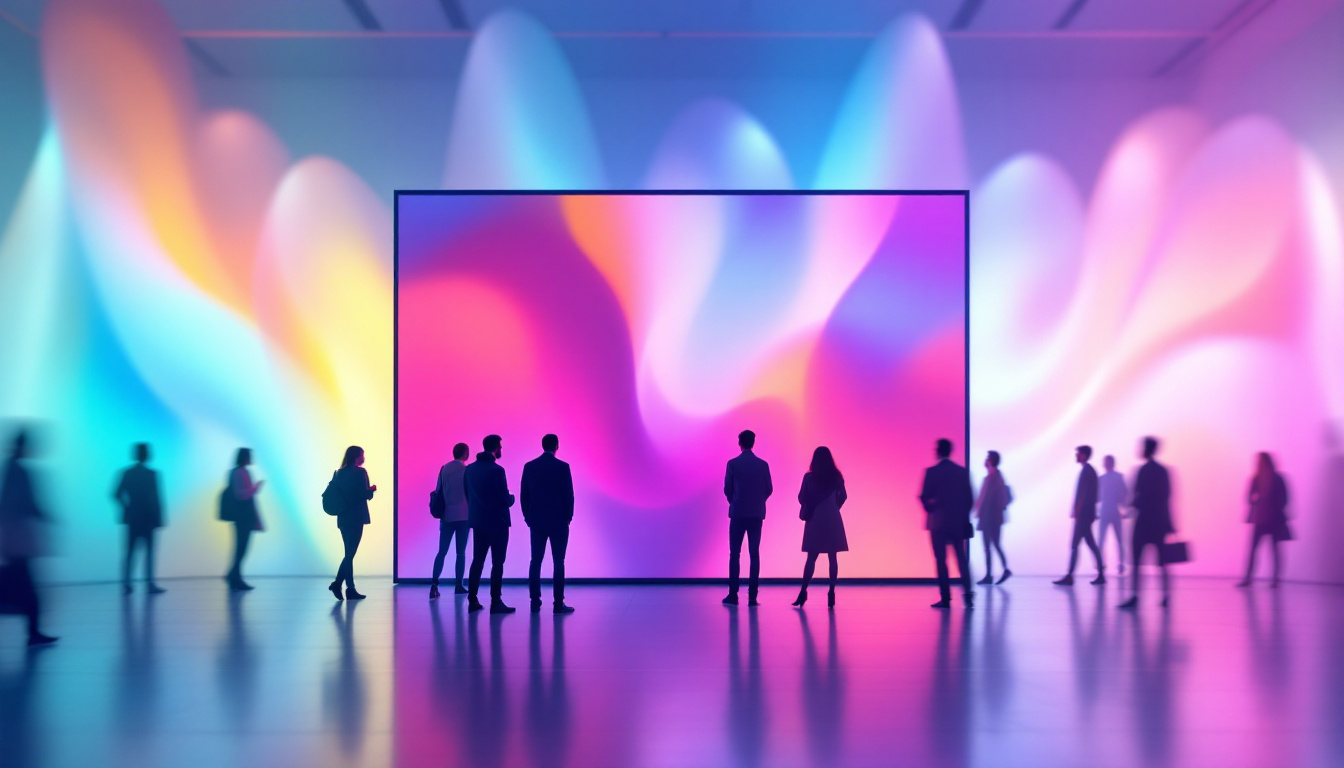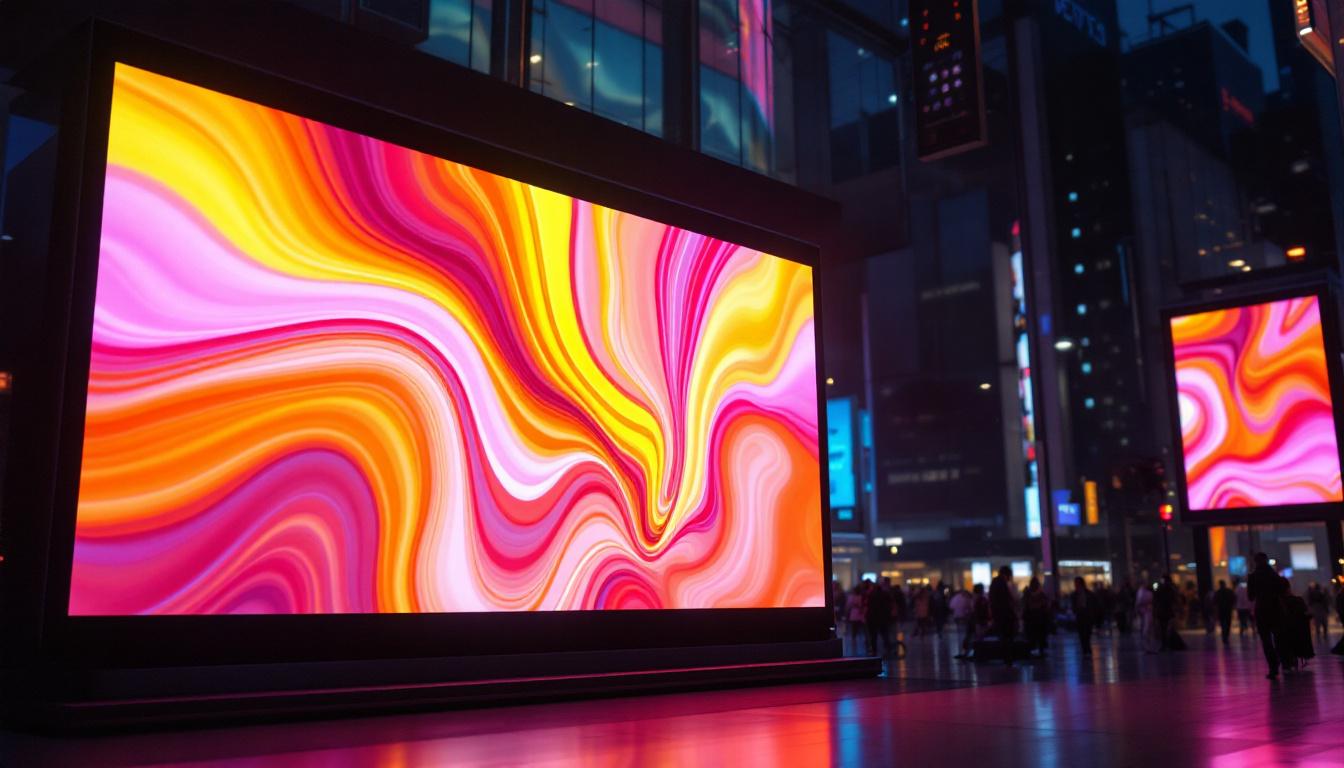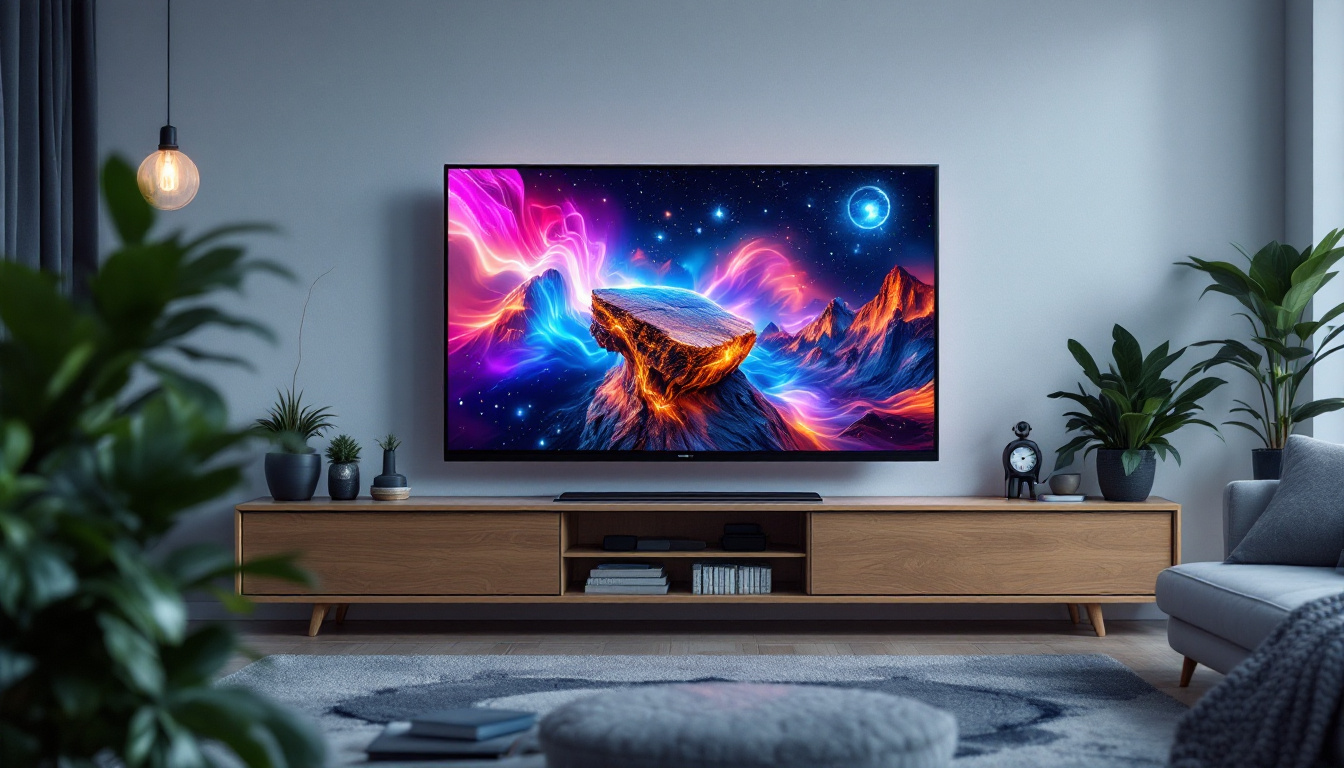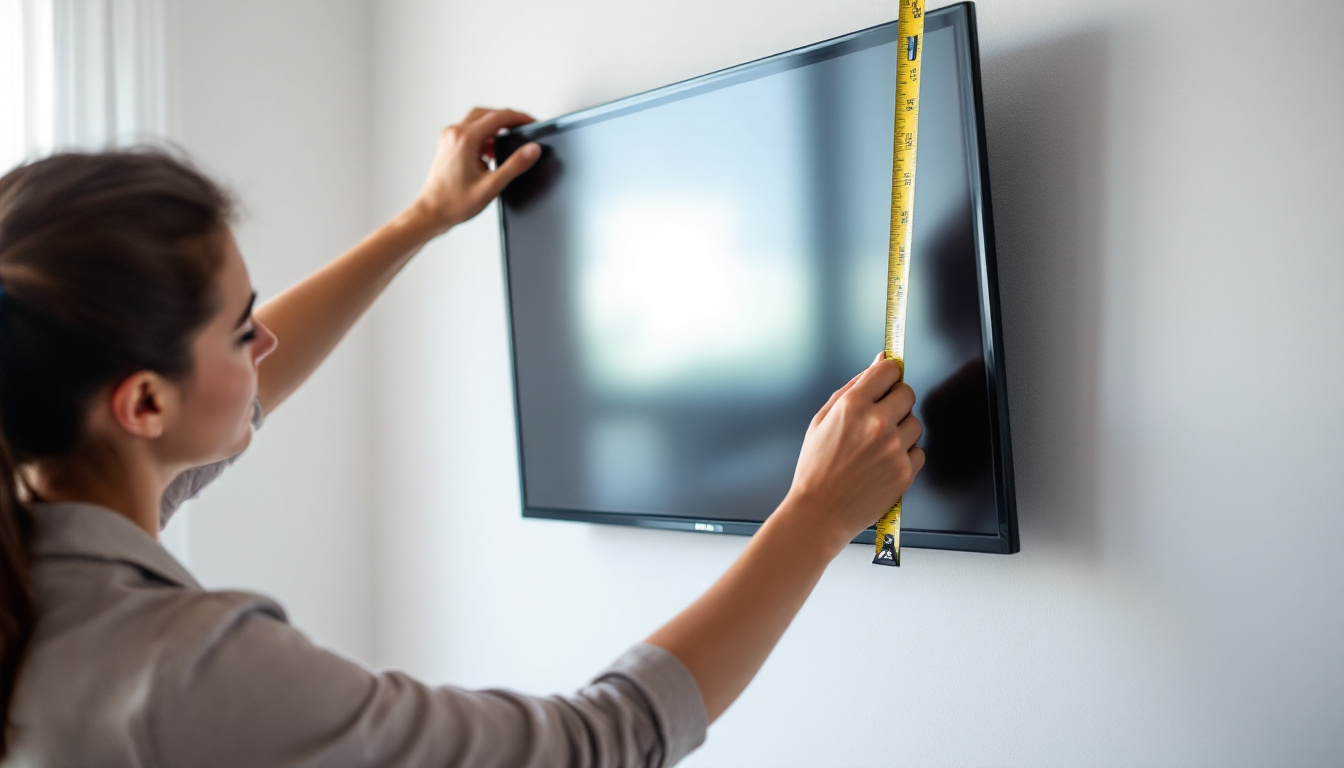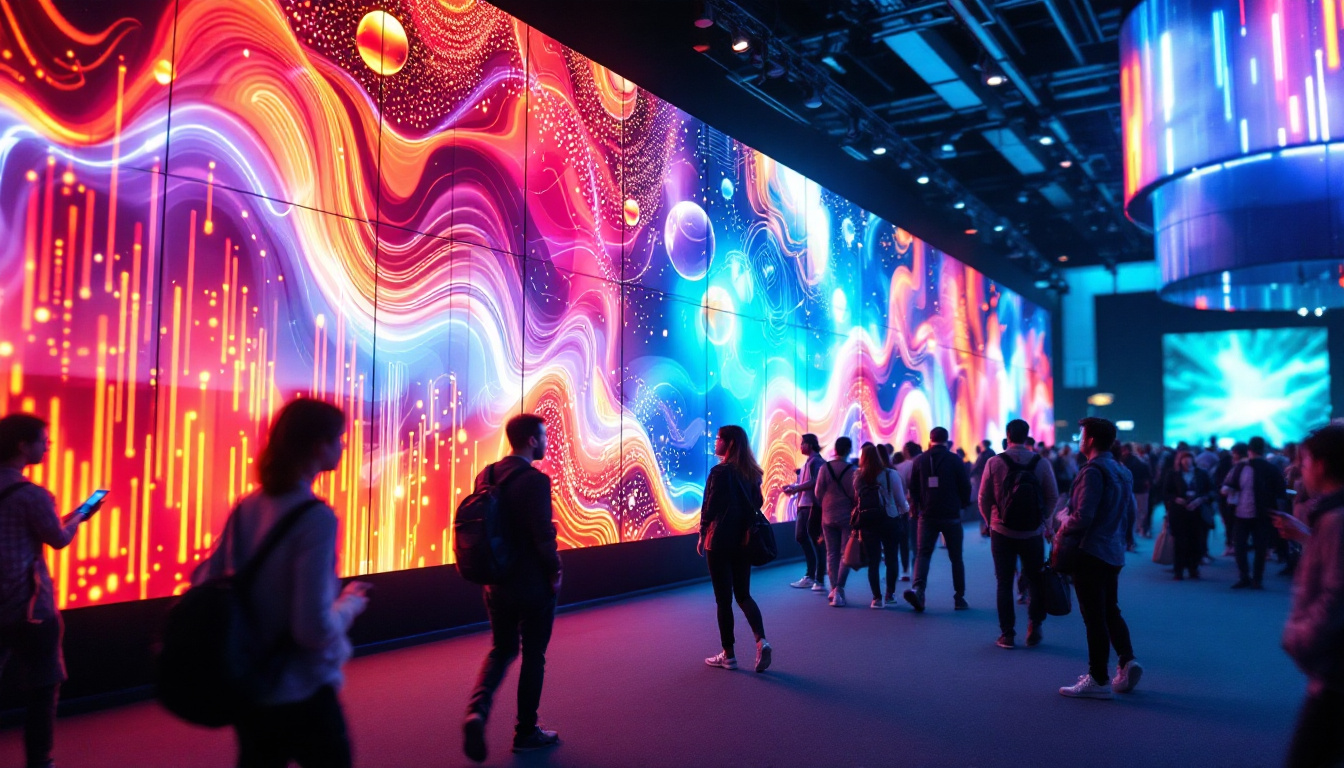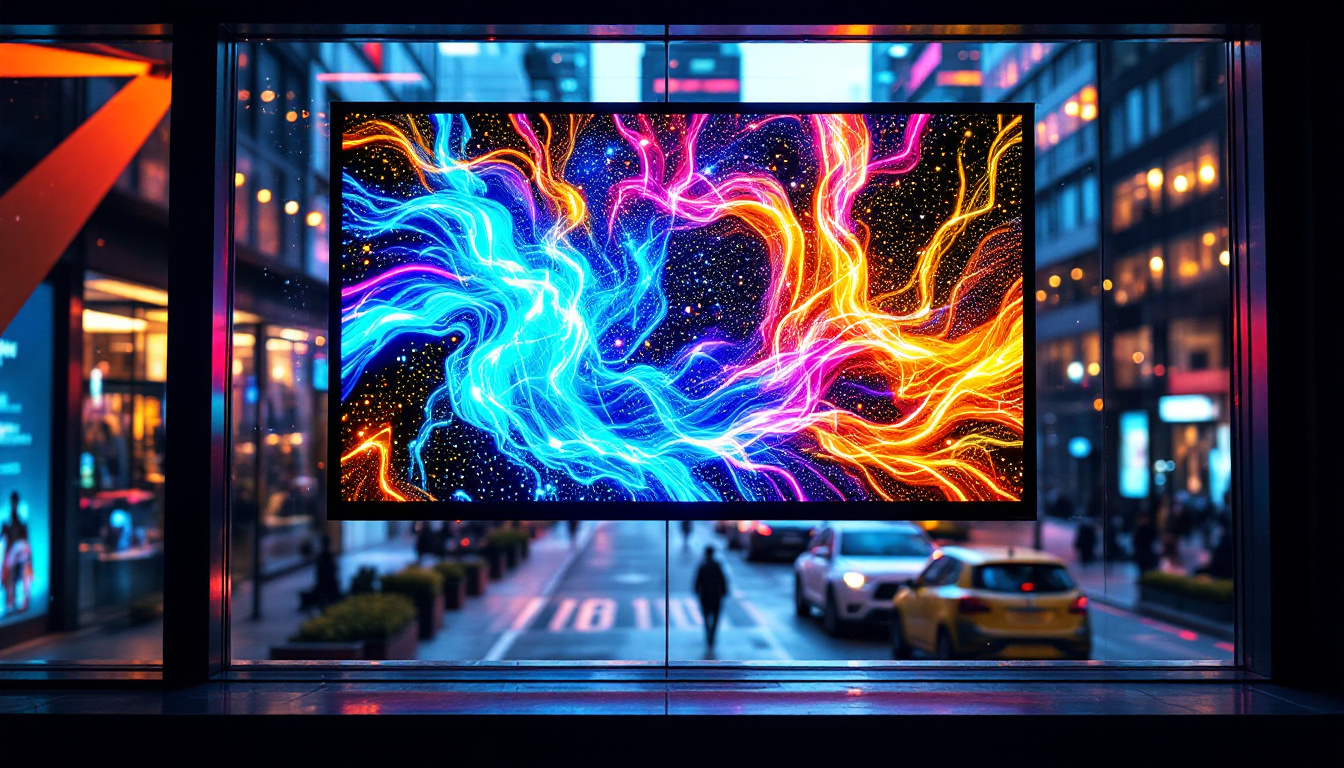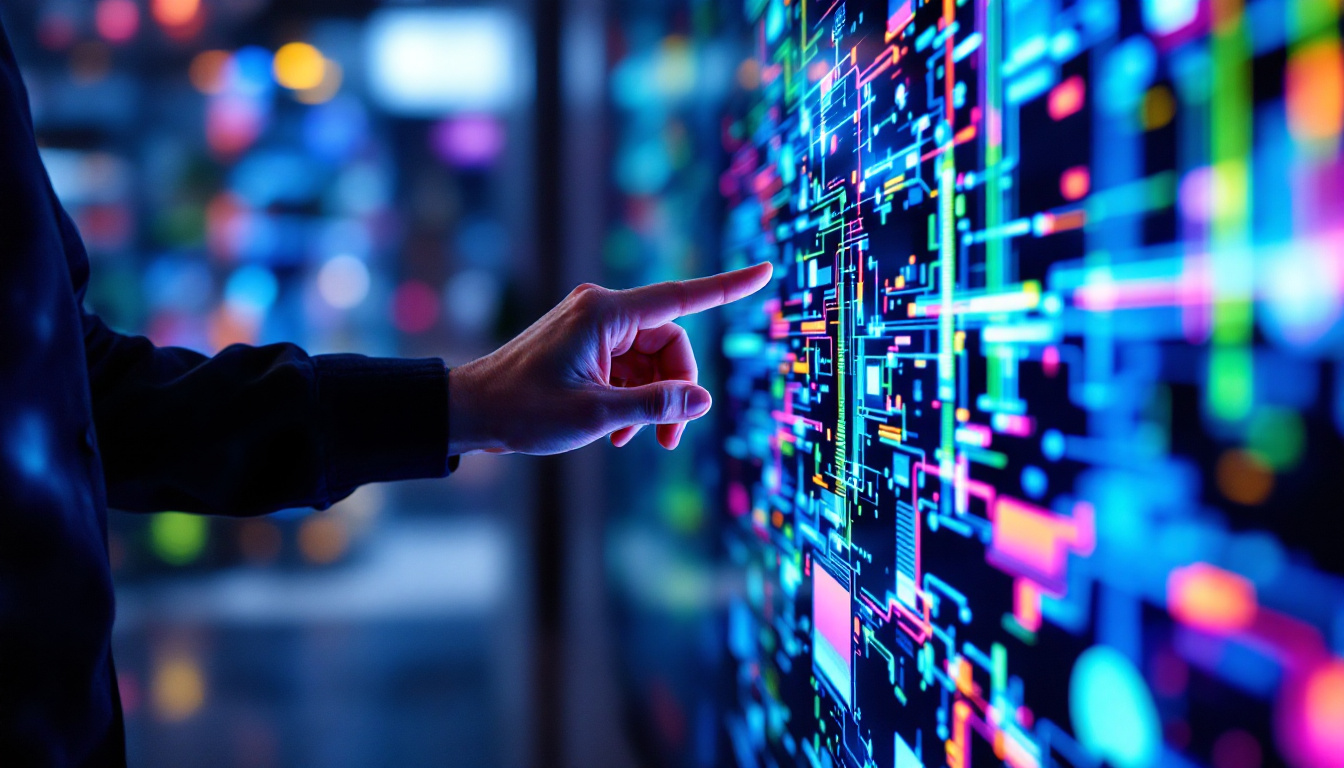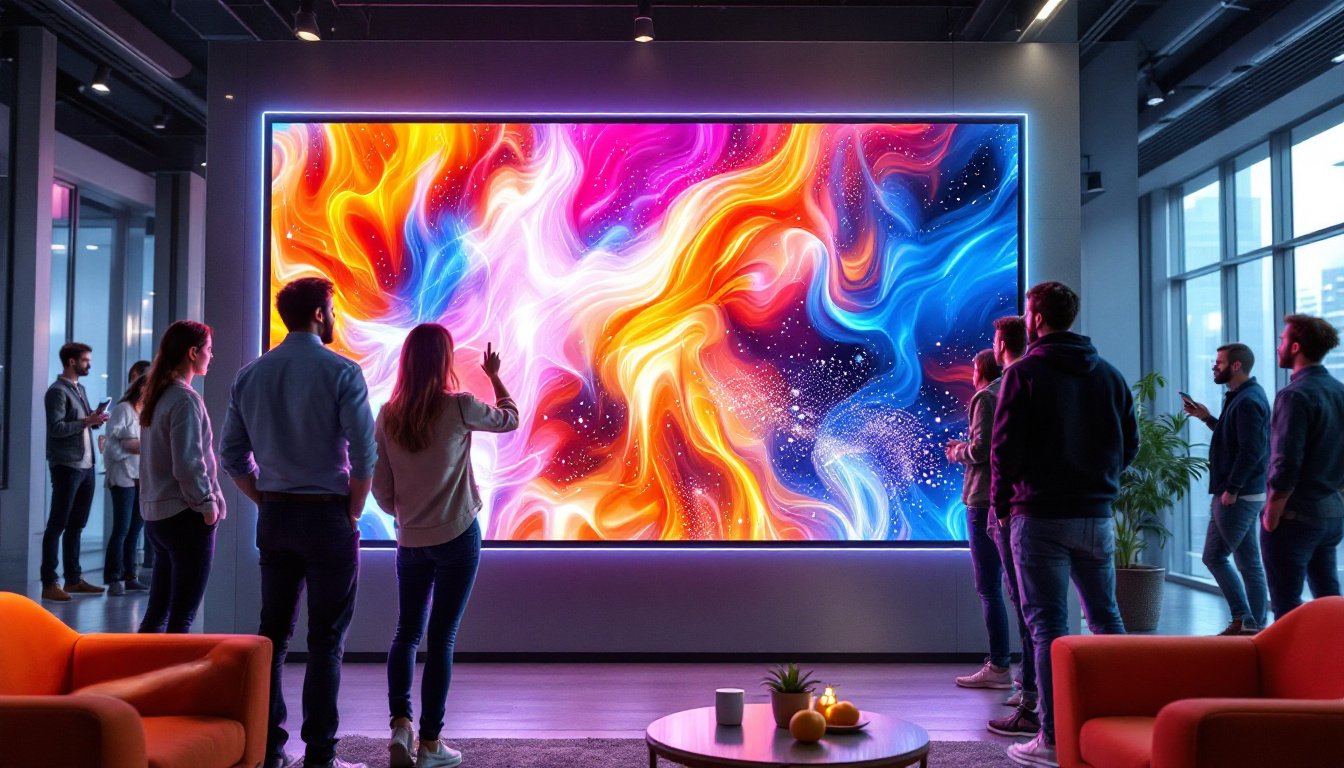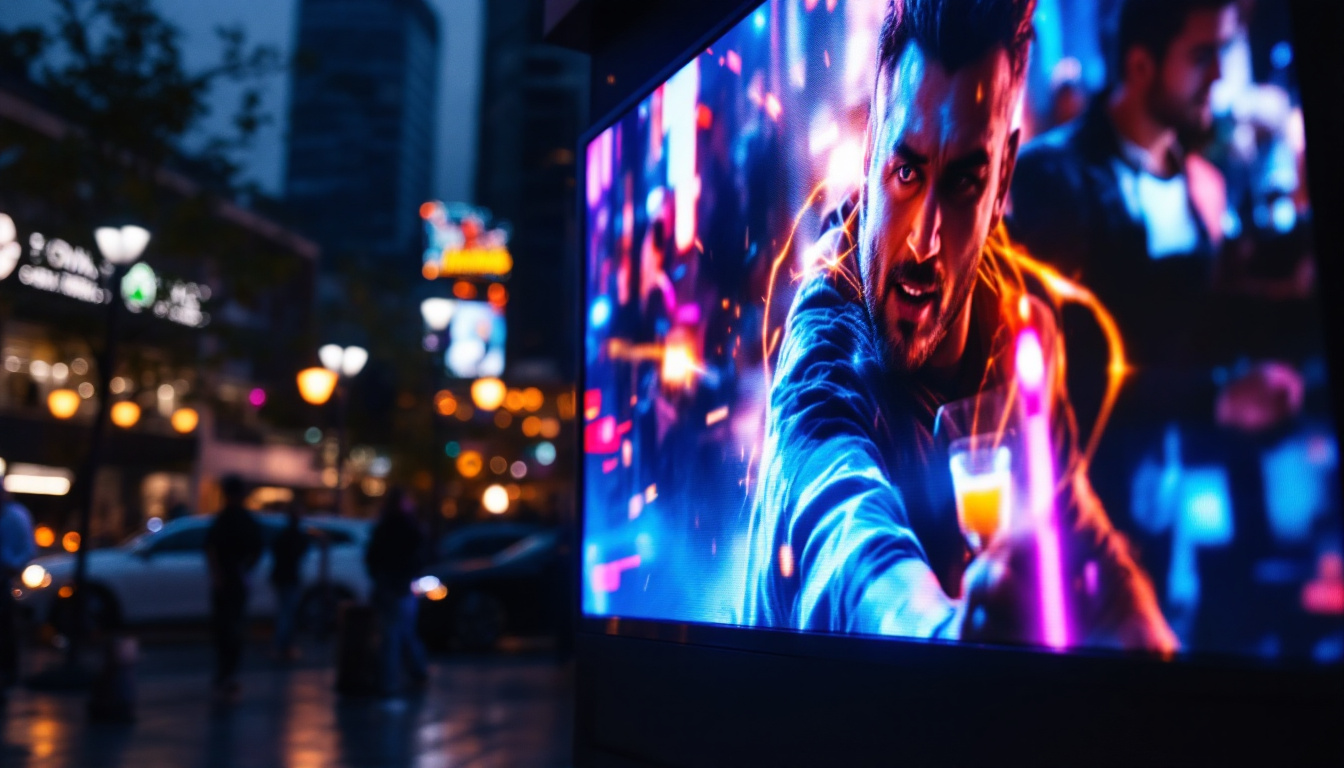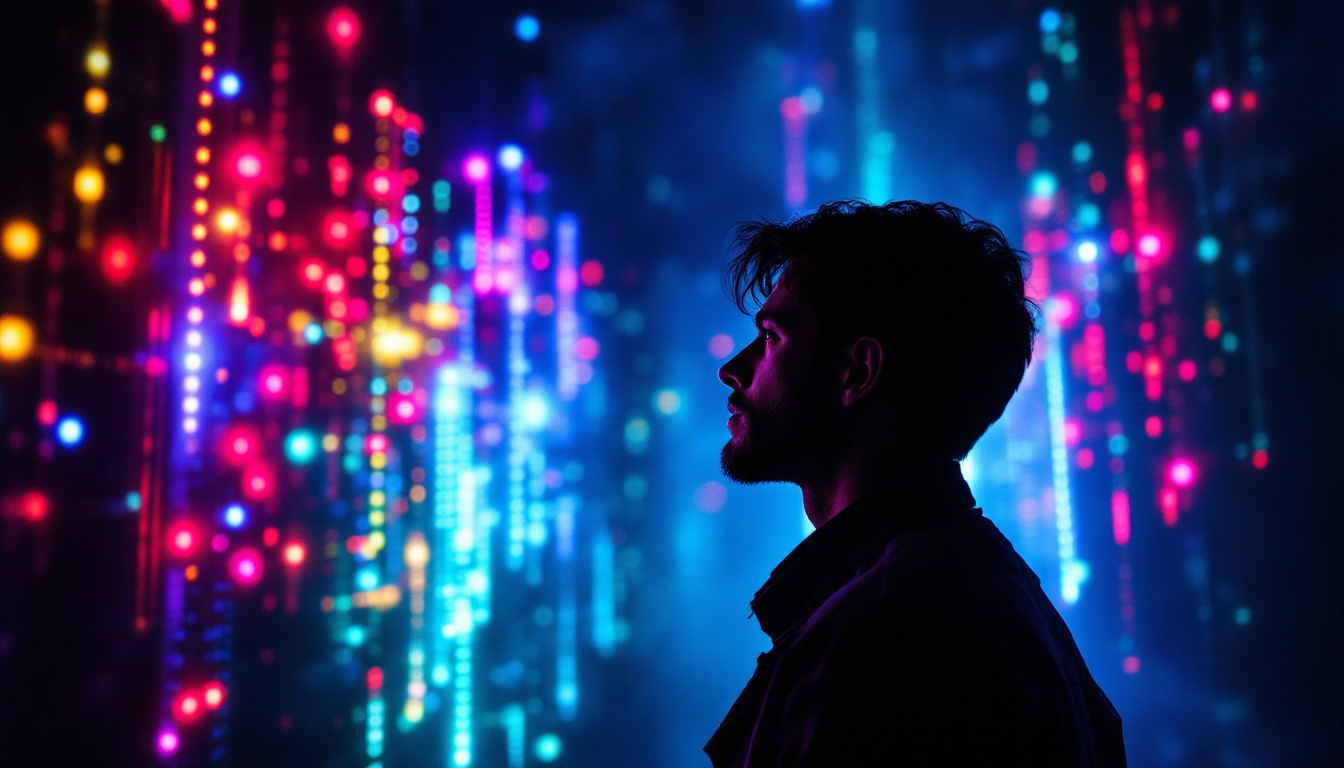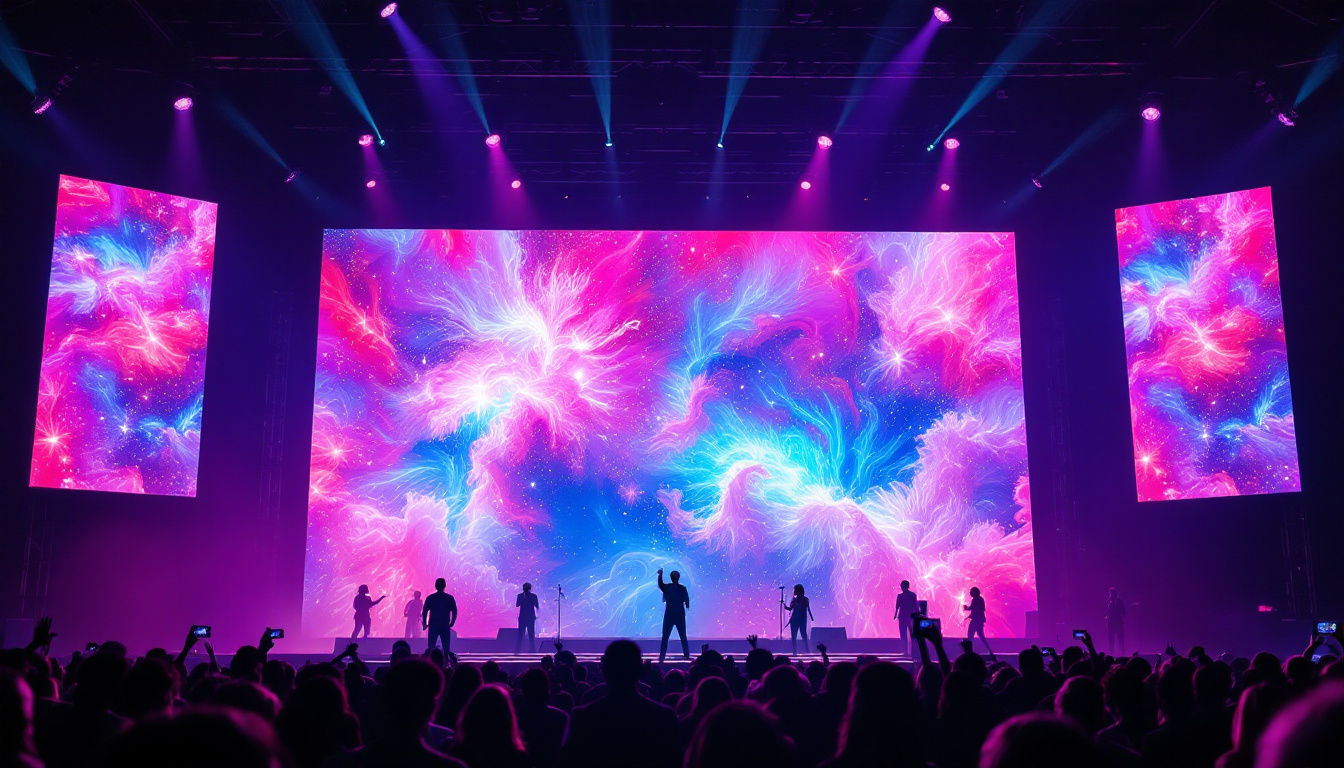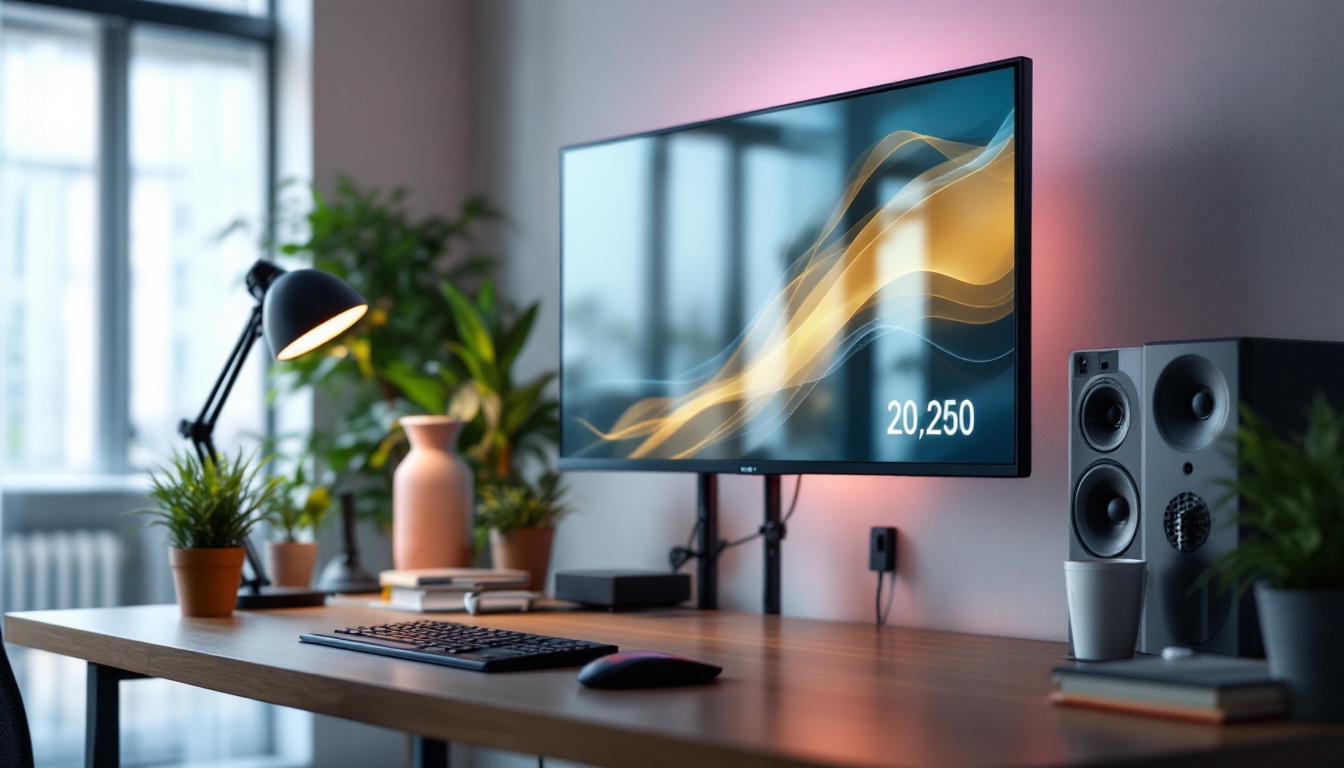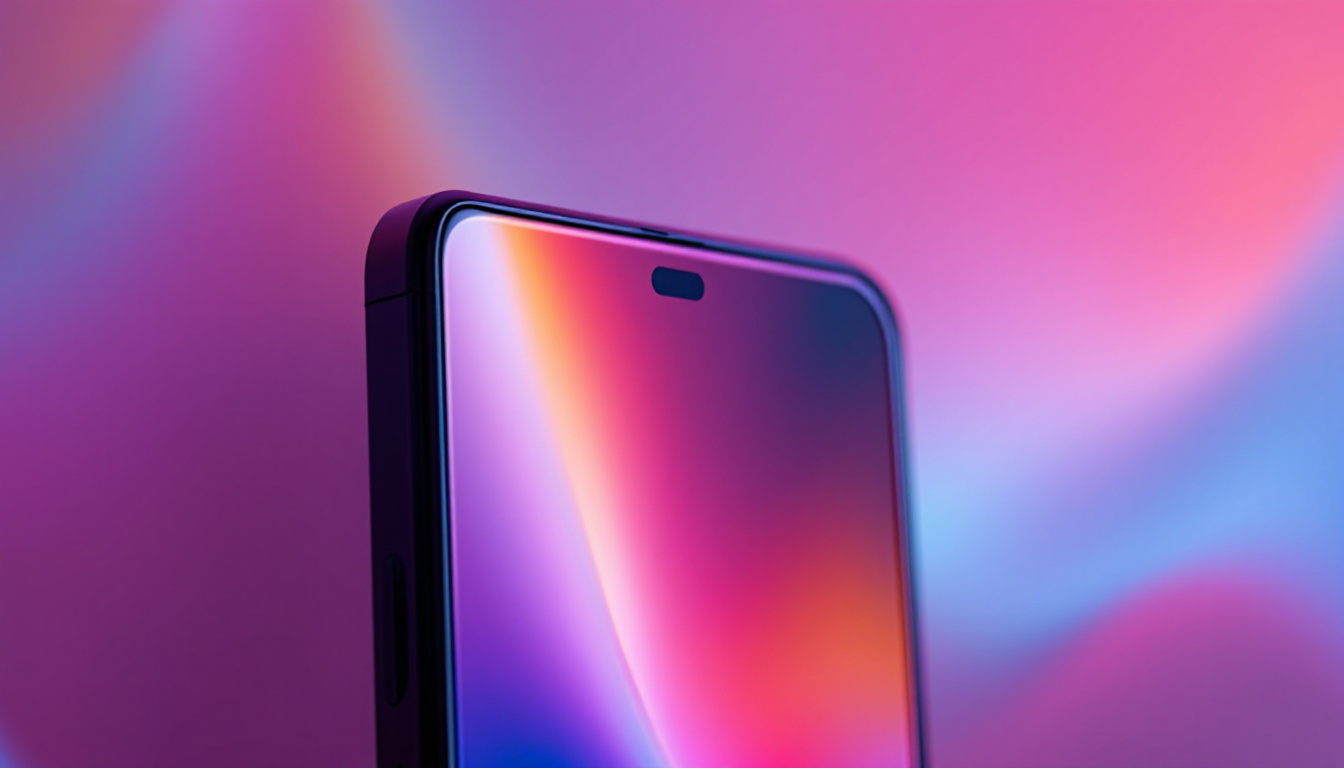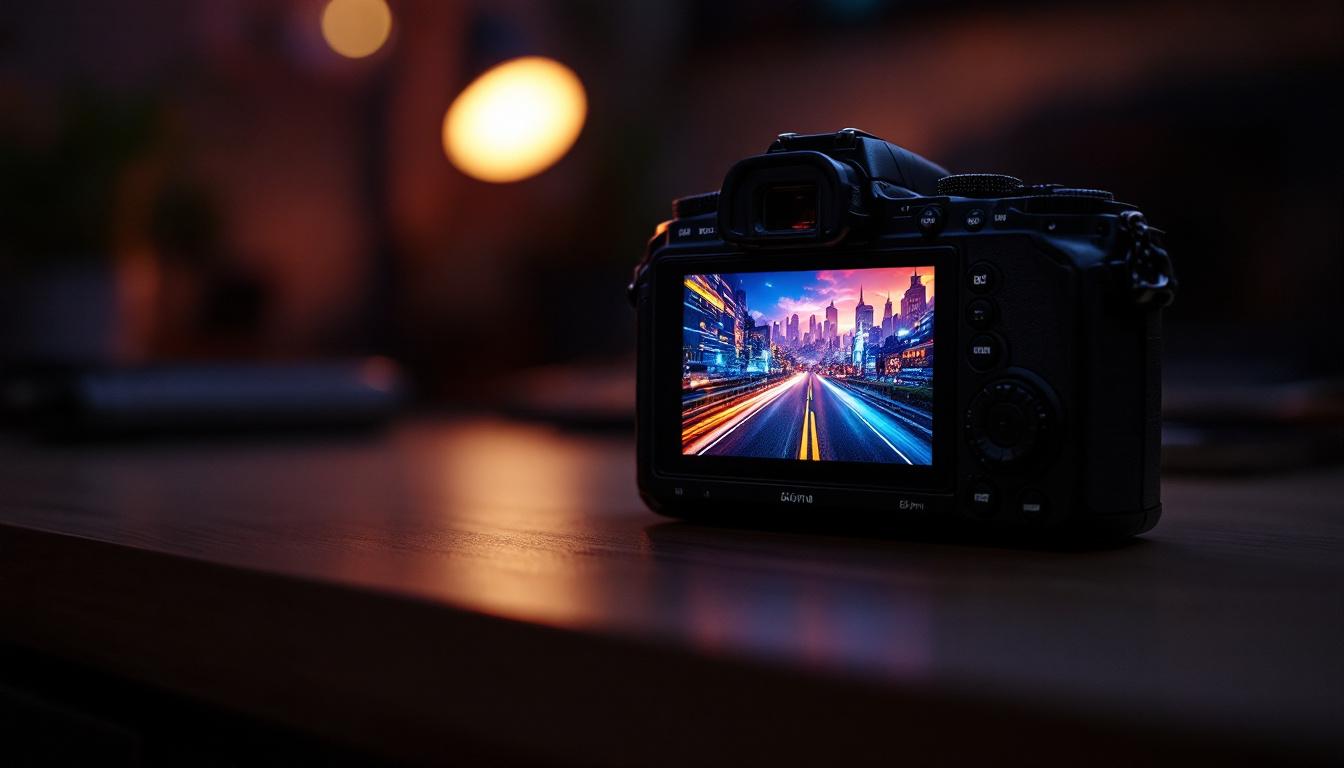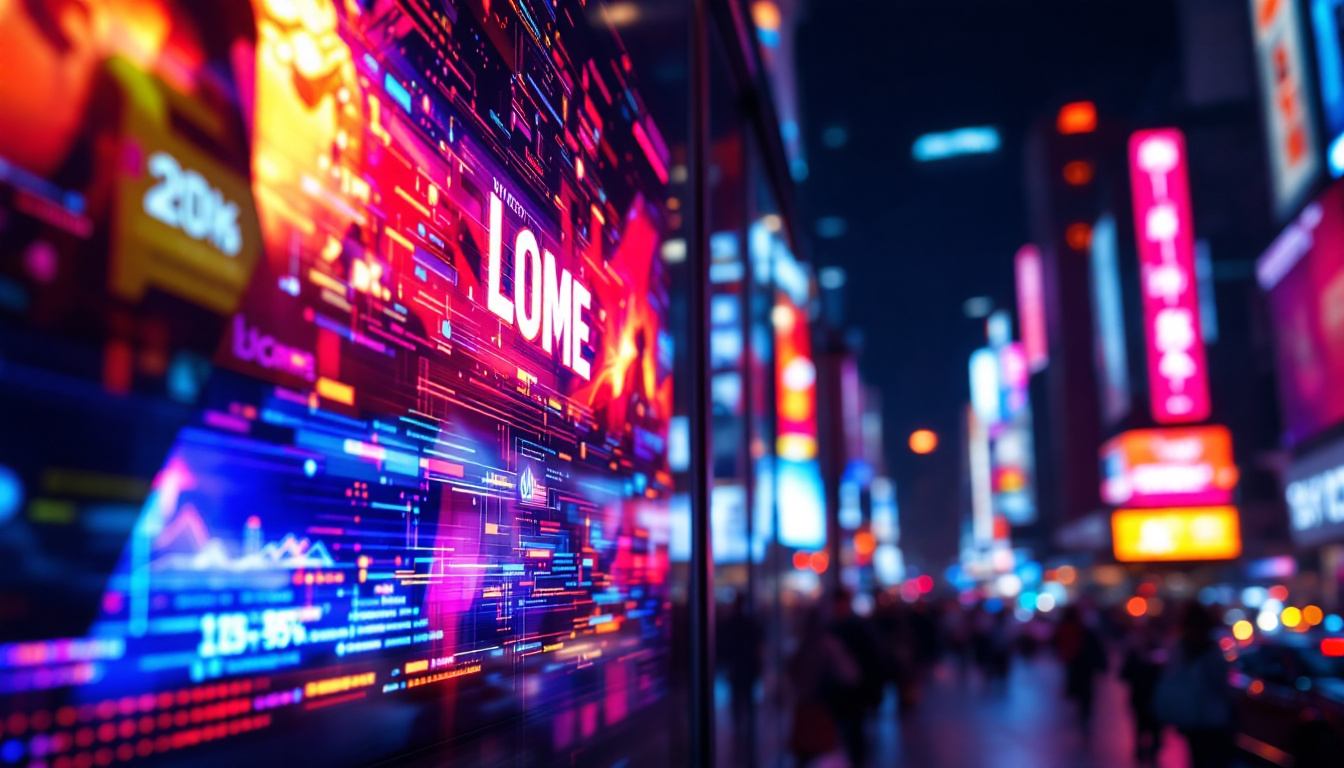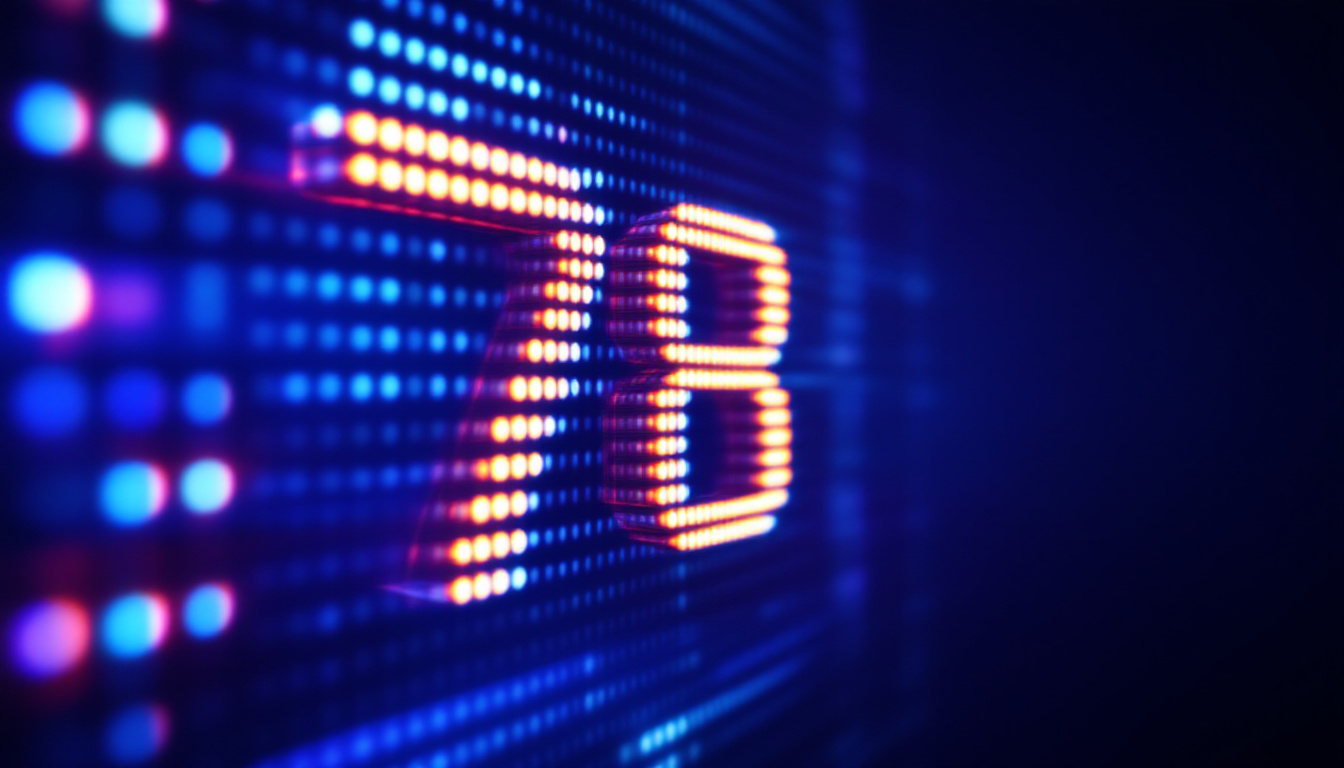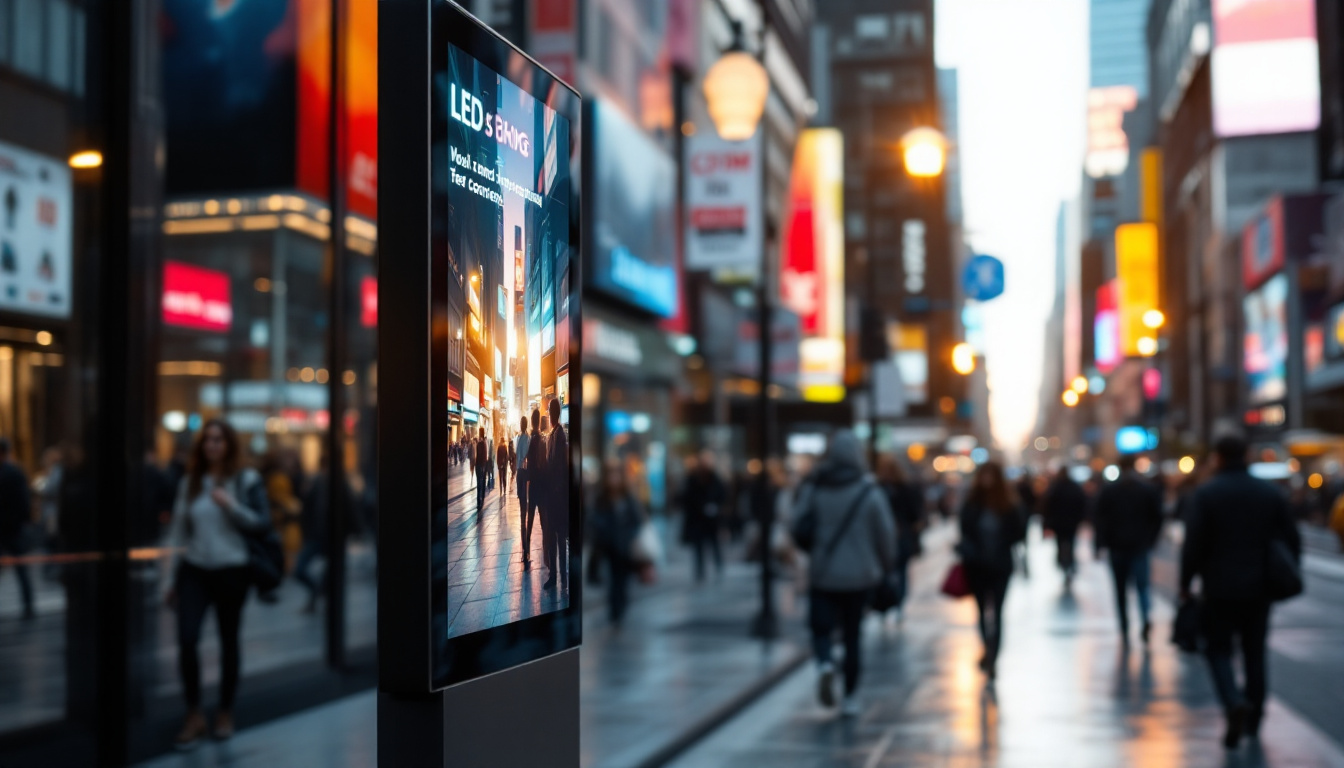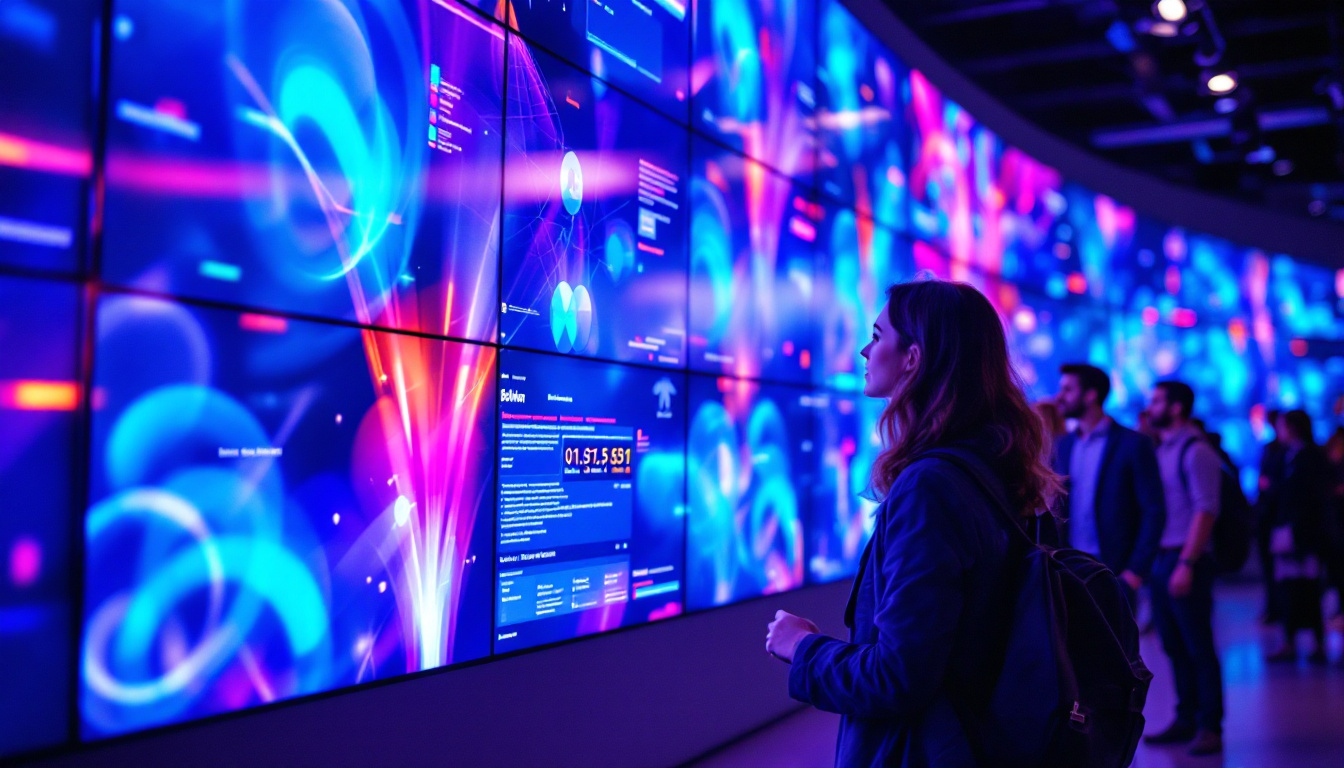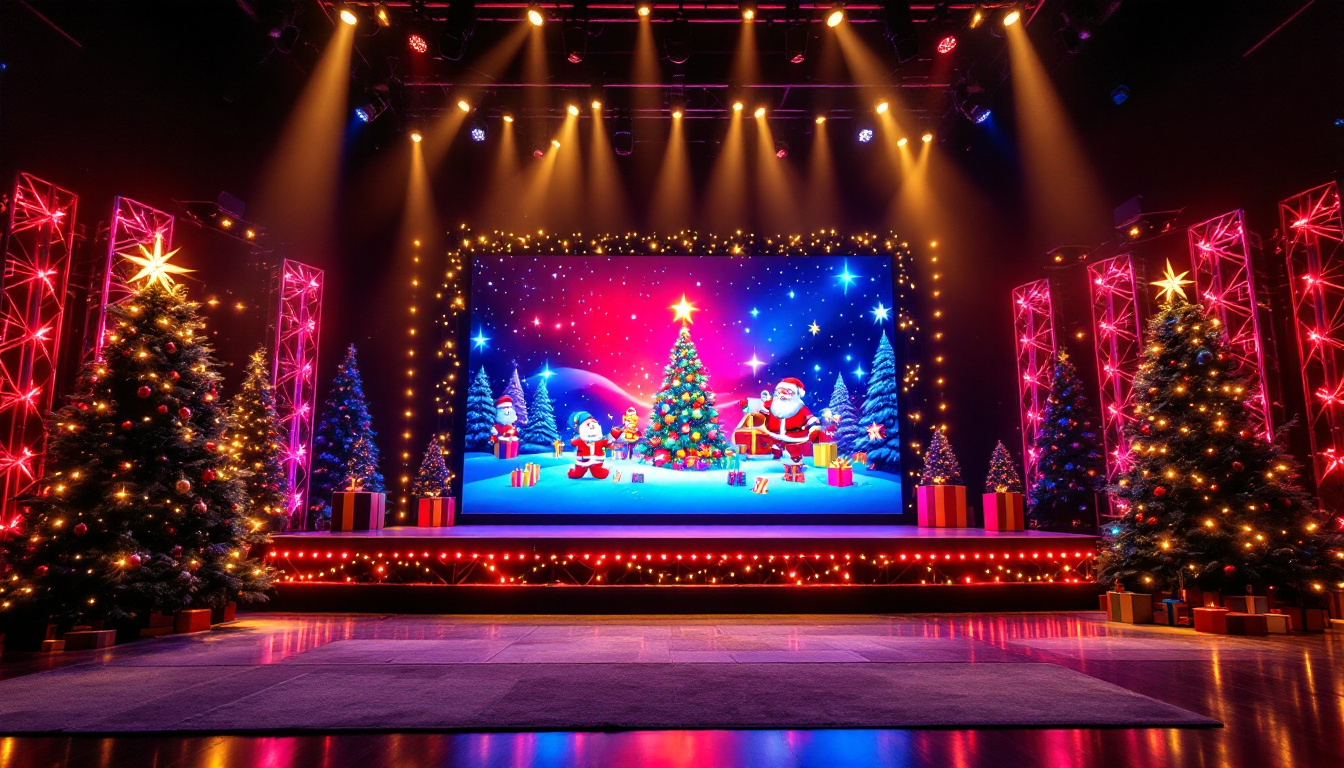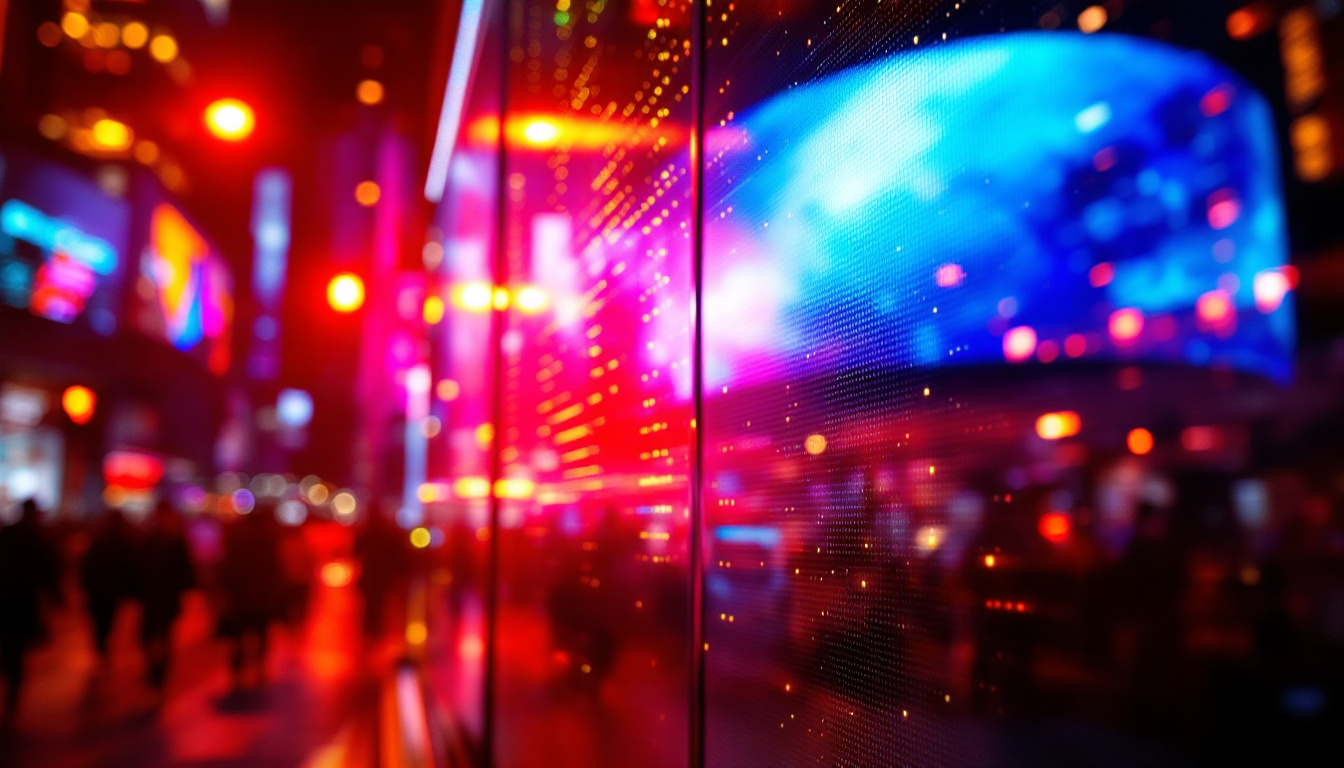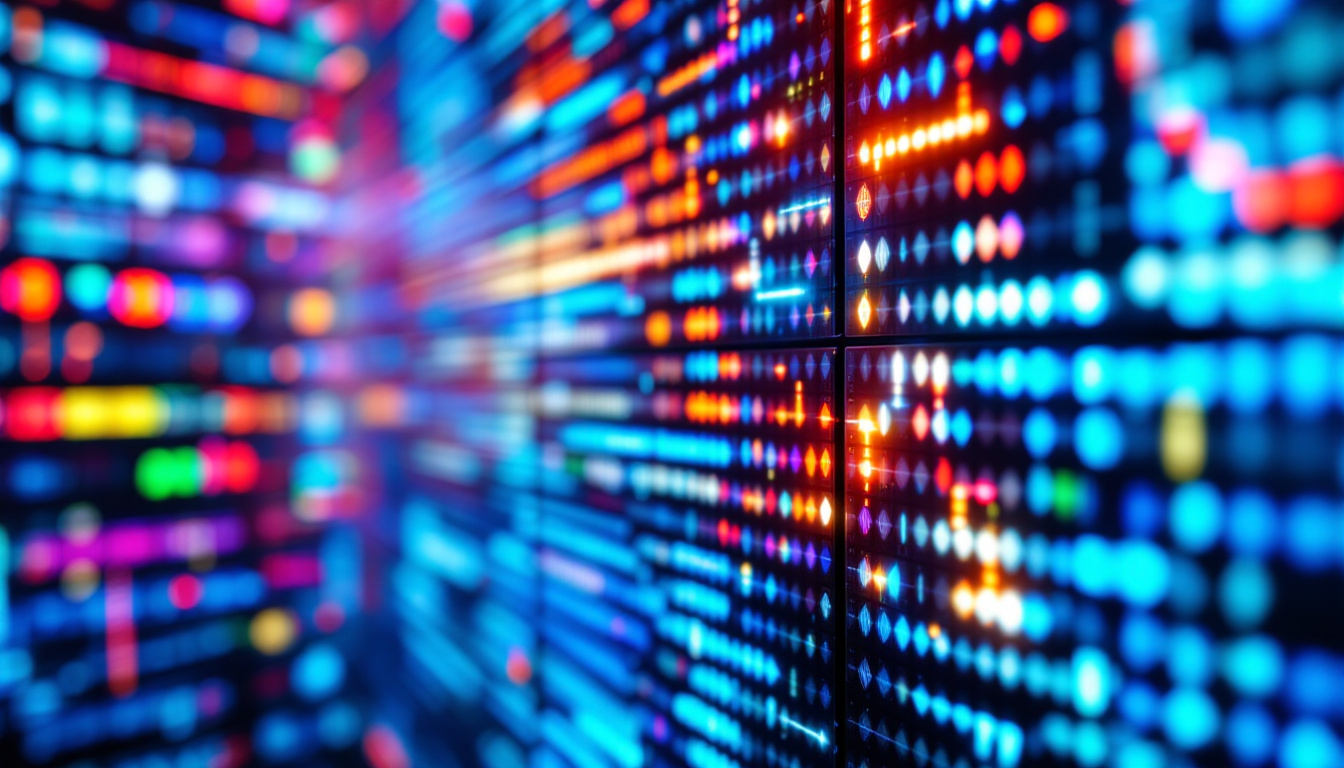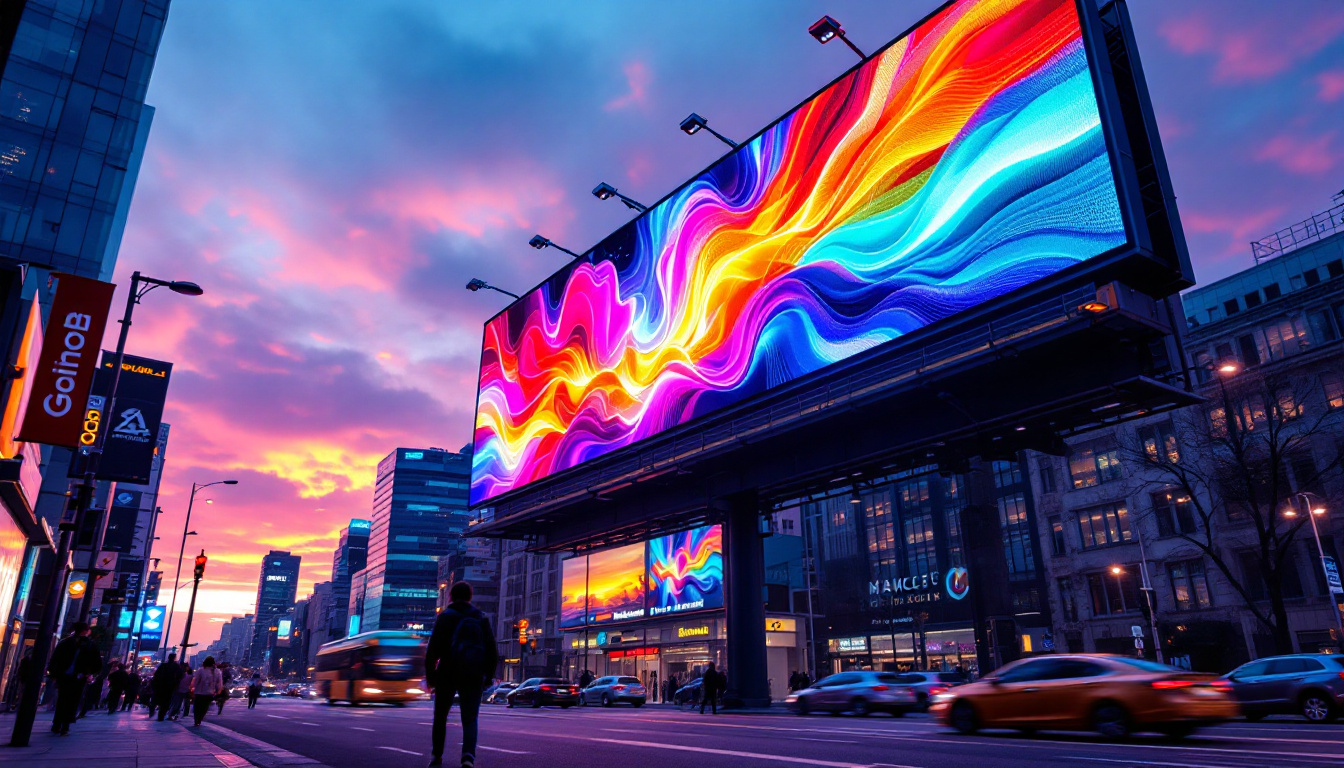In the modern world of technology, the demand for larger and more vibrant displays has surged. huge monitors, particularly those utilizing LED (Light Emitting Diode) technology, have become increasingly popular across various sectors, including gaming, professional design, and corporate environments. This article delves into the intricacies of LED displays, exploring their advantages, applications, and the technology that powers them.
Understanding LED Technology
LED technology has revolutionized the way displays are manufactured and utilized. Unlike traditional LCD monitors that rely on backlighting, LED displays use an array of tiny light-emitting diodes to create images. This fundamental difference leads to several benefits, including improved brightness, contrast, and energy efficiency.
How LED Displays Work
At the core of LED technology is the semiconductor material that emits light when an electric current passes through it. In an LED display, these diodes are arranged in a matrix, allowing for precise control over brightness and color. The result is a display that can produce deeper blacks and brighter whites, enhancing the overall visual experience.
There are two main types of LED displays: Direct LED and Edge-Lit LED. Direct LED displays have diodes placed directly behind the screen, providing uniform brightness across the entire display. In contrast, Edge-Lit LED displays have diodes positioned along the edges, relying on light diffusion to illuminate the screen. Each type has its advantages, depending on the intended application. For instance, Direct LED displays are often favored in professional settings where color accuracy is paramount, while Edge-Lit displays are popular in consumer electronics due to their thinner profiles and lighter weight.
Benefits of LED Displays
LED displays offer numerous advantages over traditional display technologies. One of the most significant benefits is energy efficiency. LED monitors consume less power, making them environmentally friendly and cost-effective in the long run. Additionally, they have a longer lifespan, often exceeding 50,000 hours of usage, which reduces the frequency of replacements.
Moreover, LED displays provide superior color accuracy and contrast ratios, making them ideal for tasks that require precise visual representation, such as graphic design and video editing. The ability to achieve higher refresh rates also enhances the viewing experience, particularly for gamers who demand smooth motion and responsiveness. Furthermore, LED technology has enabled the development of ultra-thin displays that can be seamlessly integrated into various environments, from sleek modern offices to vibrant retail spaces. The flexibility in design allows for creative applications, such as curved displays and large-scale video walls, which can transform any space into an immersive visual experience.
In addition to their aesthetic appeal, LED displays are also increasingly being utilized in outdoor advertising and public information systems. Their high brightness levels make them visible even in direct sunlight, ensuring that messages reach a wide audience. As technology continues to advance, innovations such as organic LEDs (OLEDs) are emerging, promising even greater color depth and flexibility. This ongoing evolution in LED technology not only enhances visual experiences but also opens new avenues for creative expression in digital media.
Applications of Huge LED Monitors
The versatility of LED technology allows for a wide range of applications. Huge monitors are increasingly being used in various fields, from entertainment to business, and even in educational settings. Understanding these applications can help in appreciating the full potential of LED displays.
Entertainment and Gaming
In the realm of entertainment, huge LED monitors provide an immersive experience that captivates audiences. Whether in movie theaters or home entertainment systems, the vibrant colors and sharp images enhance the viewing experience. For gamers, large LED displays can make a significant difference in gameplay, offering expansive views and reducing eye strain during extended sessions.
Furthermore, many gaming setups now feature multiple monitors, allowing players to create a panoramic view that enhances immersion. High refresh rates and low response times are critical for competitive gaming, and LED technology excels in these areas, making it a preferred choice among gamers. The integration of advanced features such as HDR (High Dynamic Range) further elevates the gaming experience, providing deeper blacks and brighter whites that bring virtual worlds to life. Additionally, esports tournaments often utilize massive LED screens to broadcast live gameplay to audiences, creating an electrifying atmosphere that draws in fans both on-site and online.
Corporate and Professional Use
In corporate environments, huge LED monitors serve various purposes, from presentations to collaborative work. Their ability to display high-resolution images and videos makes them ideal for boardrooms and conference spaces. The clarity and brightness of LED displays ensure that all participants can view content without straining their eyes.
Additionally, LED technology is increasingly being used in digital signage. Businesses utilize large displays to showcase advertisements, promotions, and information to attract customers. The flexibility of LED screens allows for dynamic content that can be easily updated, making them a powerful marketing tool. Beyond advertising, these monitors can also be employed for internal communications, displaying real-time data, company news, and even social media feeds to keep employees engaged and informed. This instant access to information fosters a more connected workplace and can significantly enhance team collaboration.
Education and Training
In educational settings, huge LED monitors can enhance learning experiences. Classrooms equipped with large displays can facilitate interactive lessons, making it easier for teachers to engage students. The visual clarity provided by LED technology allows for detailed presentations and educational videos that can capture students’ attention.
Moreover, in training environments, large monitors can be used to simulate real-world scenarios, providing a hands-on learning experience. This application is particularly useful in fields like healthcare, aviation, and engineering, where visual aids can significantly enhance understanding. For instance, medical students can observe intricate surgical procedures on a large screen, allowing them to grasp complex concepts more effectively. Similarly, aviation trainees can benefit from flight simulators displayed on expansive monitors, creating a realistic training environment that prepares them for actual flight conditions. The adaptability of LED technology means that it can cater to various learning styles, ensuring that all students can benefit from a rich and engaging educational experience.
Choosing the Right Huge LED Monitor
With the plethora of options available in the market, selecting the right huge LED monitor can be a daunting task. Several factors should be considered to ensure that the chosen display meets the specific needs of the user.
Screen Size and Resolution
The size of the monitor is a crucial factor, especially for applications that require detailed visuals. Larger screens are typically measured diagonally, and common sizes range from 32 inches to over 100 inches. However, it’s essential to consider the viewing distance; larger monitors may require a greater distance for optimal viewing.
Resolution is another critical aspect. Higher resolutions, such as 4K (3840 x 2160 pixels) or 8K (7680 x 4320 pixels), provide sharper images and more detail. For professional applications like graphic design or video editing, a higher resolution is often necessary to ensure accuracy in color representation and detail.
Refresh Rate and Response Time
For gamers and those using the monitor for fast-paced applications, refresh rate and response time are vital specifications. The refresh rate, measured in Hertz (Hz), indicates how many times the screen refreshes per second. A higher refresh rate, such as 120Hz or 240Hz, results in smoother motion, which is crucial for gaming.
Response time, measured in milliseconds (ms), indicates how quickly a pixel can change from one color to another. Lower response times reduce motion blur, making them ideal for fast-moving content. Gamers often prefer monitors with a response time of 5ms or lower for optimal performance.
Future of Huge LED Displays
The future of huge LED displays looks promising, with ongoing advancements in technology. Innovations are continually enhancing performance, energy efficiency, and user experience. As manufacturers explore new materials and techniques, the capabilities of LED displays are expanding.
MicroLED Technology
One of the most exciting developments in the field of displays is MicroLED technology. This emerging technology utilizes microscopic LEDs to create displays that offer superior brightness, contrast, and color accuracy. MicroLED displays can potentially eliminate the need for backlighting, leading to thinner and lighter screens.
Additionally, MicroLED technology allows for modular displays, enabling users to create custom screen sizes and shapes. This flexibility opens up new possibilities for creative applications in advertising, entertainment, and art installations.
Increased Interactivity
As technology evolves, the demand for interactivity in displays is growing. Future LED monitors are likely to incorporate touch capabilities, allowing users to interact directly with the content. This feature can enhance user engagement in various settings, from classrooms to corporate environments.
Moreover, advancements in augmented reality (AR) and virtual reality (VR) are expected to influence the design and functionality of LED displays. As these technologies become more mainstream, LED monitors may integrate features that support immersive experiences, further blurring the lines between physical and digital worlds.
Conclusion
Huge LED monitors have transformed the way we interact with visual content, offering unparalleled brightness, color accuracy, and energy efficiency. Their versatility allows for a wide range of applications, from gaming and entertainment to corporate and educational use. As technology continues to advance, the future of LED displays promises even more exciting developments, making them an essential component in the world of visual technology.
In an era where visual communication is paramount, investing in a high-quality LED monitor can significantly enhance the experience, whether for work, play, or education. Understanding the technology behind these displays and their applications can help users make informed decisions, ensuring they choose the right monitor to meet their specific needs.
Discover LumenMatrix’s Innovative LED Solutions
Ready to elevate your visual experience with the latest in LED technology? Look no further than LumenMatrix, a pioneer in crafting LED displays that bring your content to life. Whether you’re seeking to boost your brand’s presence, immerse audiences in entertainment, or enrich educational environments, our comprehensive range of LED solutions—including Indoor and Outdoor LED Wall Displays, Vehicle and Sports LED Displays, and even Custom and All-in-One LED options—has you covered. Experience the future of visual communication today and check out LumenMatrix LED Display Solutions to see how we can help you make a lasting impression.

